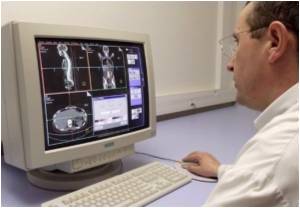Experience shapes the brain's circuitry throughout adulthood, according to a new American study.

The researchers, led by Charles D. Gilbert, Arthur and Janet Ross Professor and head of the Laboratory of Neurobiology, observed how neurons responsible for receiving input from a mouse's whiskers shift their relationships with one another after single whiskers are removed.
The experiments explain how the circuitry of a region of the mouse brain called the somatosensory cortex, which processes input from the various systems in the body that respond to the sense of touch, can change.
In the new study, Sally Marik and other members of the Gilbert lab looked at excitatory and inhibitory neurons within the mouse cortex during periods of sensory deprivation to determine how experience shapes different components of cortical circuitry.
For this study they used the whisker-barrel system in adult mice.
The barrel cortex, part of the somatosensory cortex, receives sensory input from the animal's whiskers.
Advertisement
Marik, together with Homare (Matias) Yamahachi and Justin McManus, found that after a whisker was plucked excitatory connections projecting into the deprived barrels underwent exuberant and rapid axonal sprouting.
Advertisement
At the same time that excitatory connections were invading the deprived columns, there was a reciprocal outgrowth of the axons of inhibitory neurons from the deprived to the non-deprived barrels.
This suggests that the process of reshaping cortical circuits maintains the balance between excitation and inhibition that exists in the normal cortex.
Gilbert said: "Previously we showed changes only in excitatory connections.
"We've now demonstrated a parallel involvement of inhibitory connections, and we think that inhibition may play a role equal in importance to excitation in inducing changes in cortical functional maps."
The new study also showed that changes in the inhibitory circuits preceded those seen in the excitatory connections, suggesting that the inhibitory changes may mediate the excitatory ones.
This process, Gilbert said, mimics what happens in the brain during early postnatal development.
Gilbert said: "It's surprising that the primary visual or somatosensory cortices are involved in plasticity and capable of establishing new memories, which previously had been considered to be a specialized function of higher brain centers.
"We are just beginning to tease apart the mechanisms of adult cortical plasticity. We hope to determine whether the circuit changes associated with recovery of function following lesions to the central and peripheral nervous systems also occur under normal conditions of perceptual learning."
Source-ANI













